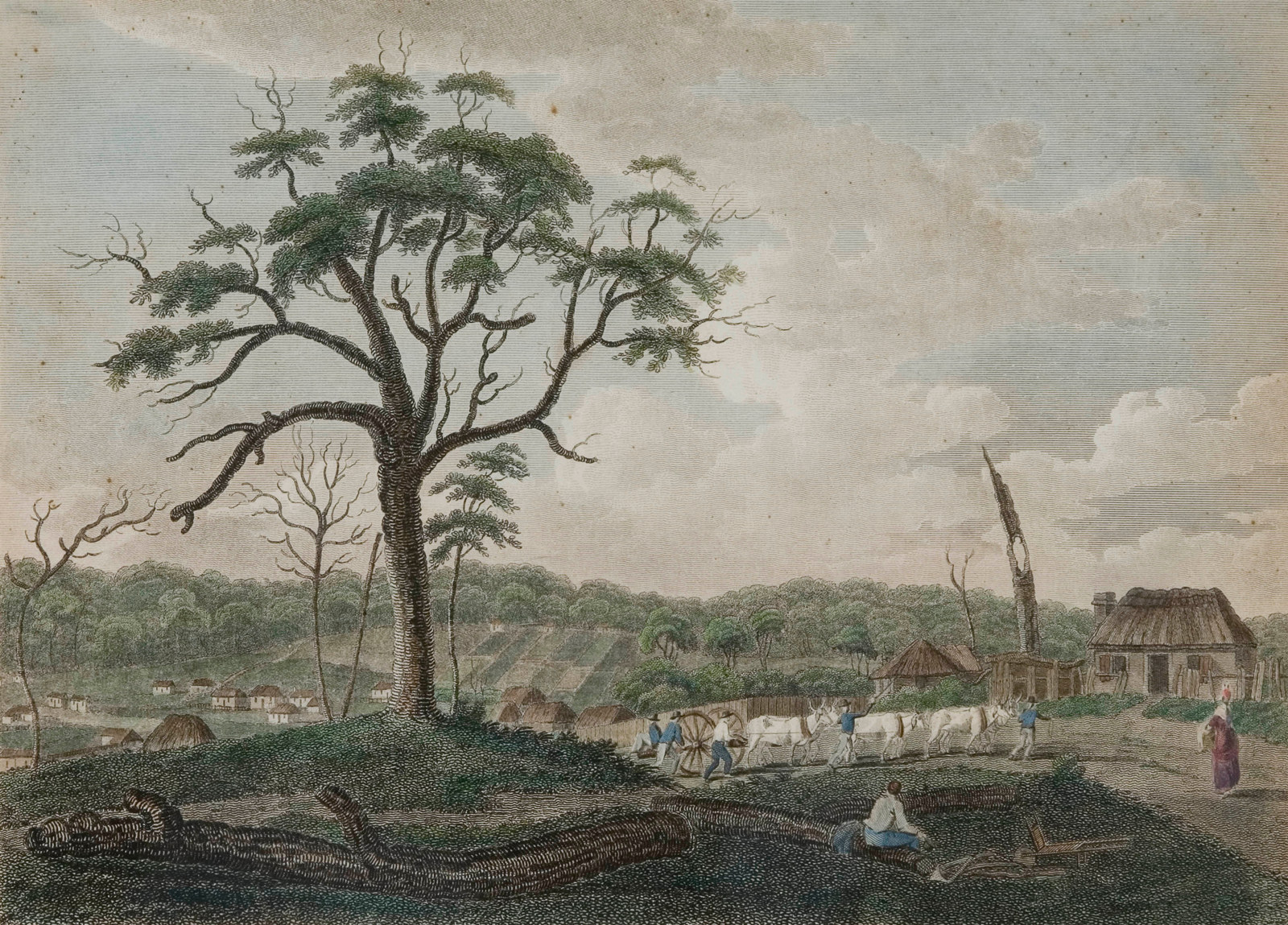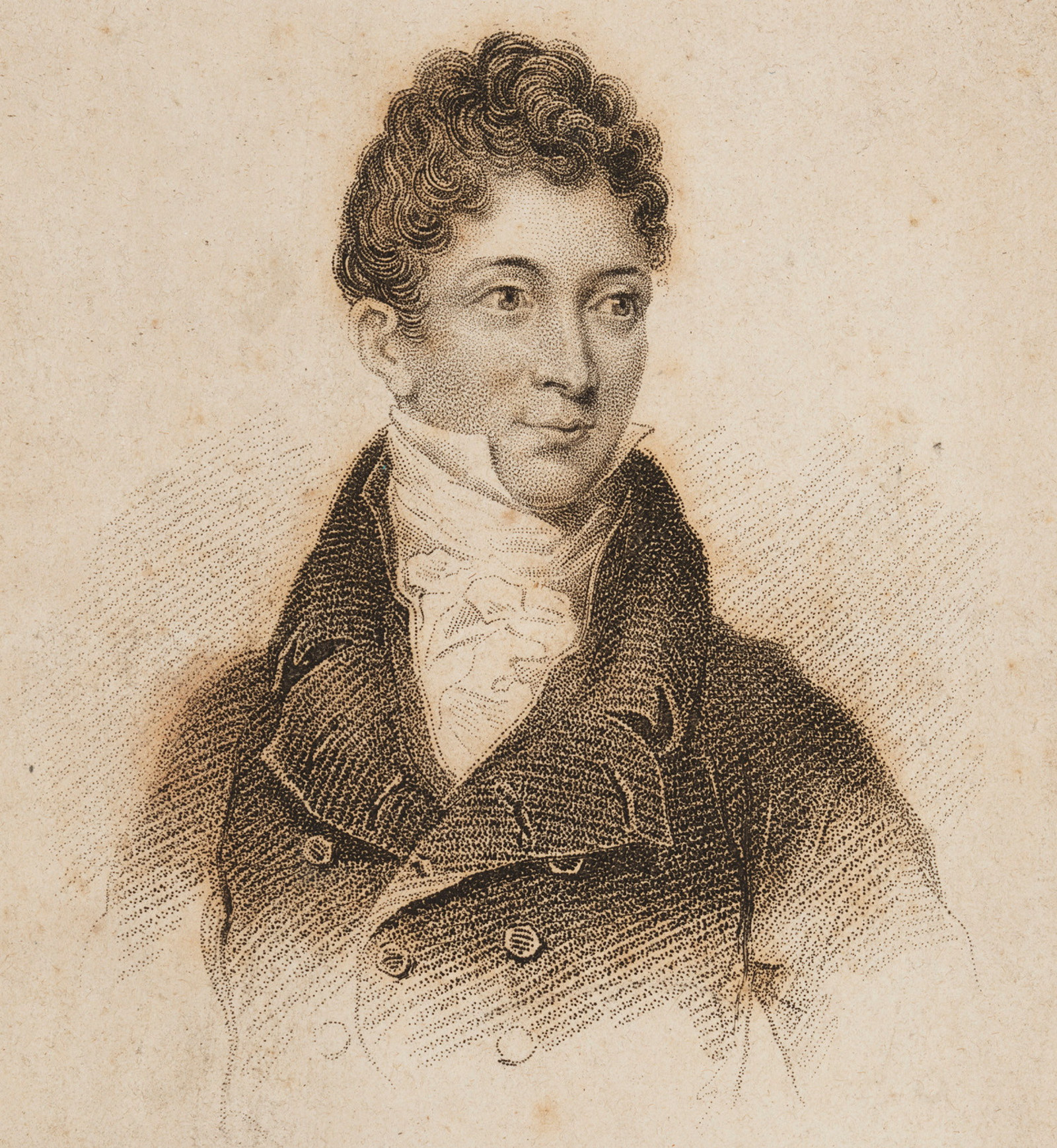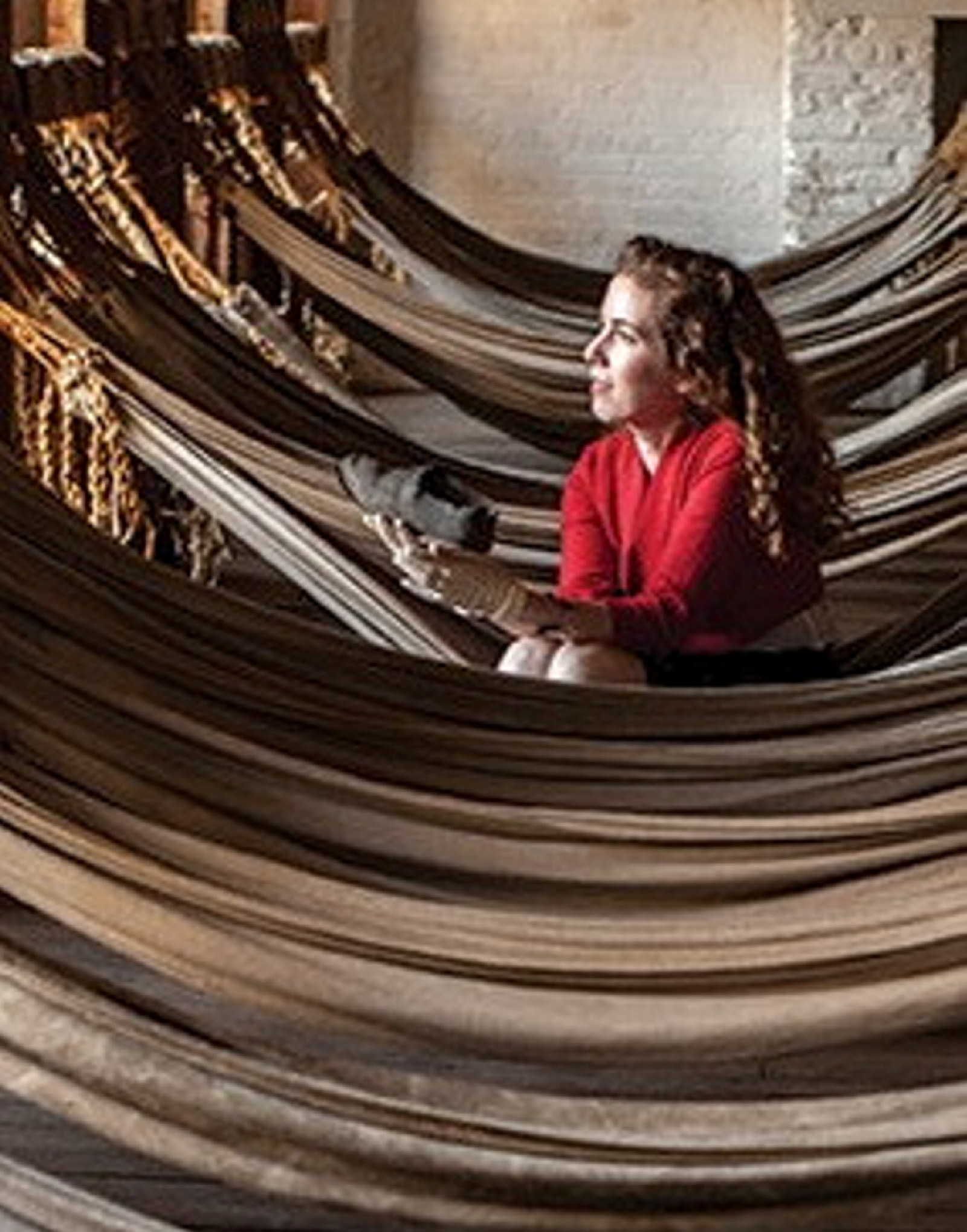Ann Marsh
Thief, mother, entrepreneur
Arrived 1789 on Lady Juliana
In the 1790s, searching for a means of supporting herself and her children, convict Ann Marsh (or Mash) established the first commercial boat service between Sydney and Parramatta, making the most of the opportunities available to industrious convicts in this era.
As a young woman in Devon, England, Ann’s life changed dramatically in early 1789, when she was convicted for stealing a bushel of wheat, and was transported to New South Wales for seven years. On board the Lady Juliana, Ann became pregnant to ship’s surgeon Richard Alley, who abandoned her after arrival in Sydney. Ann then met convict apothecary John Irvine, and was pregnant with his child when he died. With her later husband William Chapman, Ann had eight children and ran a bakery, a butchery and general store, as a sideline to the ferry businesses which she established in about 1798. Ann also seems to have got involved in the illegal sale of grog, but by 1811 she had become a legal operator, holding a wine and spirit licence for the King’s Head Tavern (now 39 Argyle Street, The Rocks). Ann Marsh died in 1823, aged 54. In September 1788, before transportation, Ann embroidered the Lord’s Prayer to create this sampler, now in the collection of the Hyde Park Barracks Museum.
Related

Convict Sydney
The Convicts’ Colony
Part one starts in 1788 with Sydney established as a British convict colony on the clan lands of the Gadigal people
Published on
Convict Sydney
Browse all
Convict Sydney
James Hardy Vaux
Some convicts were transported more than once. Vaux was sent to the colony three times, each time arriving under a different name

Convict Sydney
1801 - Day in the life of a convict
In the young colony, there was no prisoner’s barrack - the bush and sea were the walls of the convicts’ prison

Convict Sydney
The Governor's Domain
The settlement of Sydney was less than a year old when an experimental crop of corn was planted on the banks of a freshwater creek flowing into a little cove to the east called Woccanmagully, soon to be renamed Farm Cove

Convict Sydney
William Dawes
Officer of marines, scientist, astronomer, engineer, surveyor, teacher and administrator
